The 911 is Porsche’s flagship model and one of the greatest cars ever built. This year, it is celebrating its 60th anniversary. The 911 was introduced into production in 1963 and was originally called the 901. It was renamed because another automaker (Peugeot) had the rights to a three-digit designation with a zero in the middle. Over the years, the 911 has undergone some transformations due to new design elements and performance upgrades. Check out its metamorphosis over the past six decades.
The First Generation (1963-1972) – Fuchs wheels, ducktails, and more
The first 911s were air cooled and had two-liter, six-cylinder flat engines with 130 horsepower and a top speed of 130 mph, according to the automaker. The 911 S was introduced in 1966 and included the addition of the iconic Fuchs wheels. A Targa version with a stainless-steel rollover bar also made its debut that year. Other versions included the T and E variants. Over time, Porsche increased the displacement, thus increasing power. The 1972 911 Carrera RS 2.7 remains one of the automaker’s most iconic models and was the first production vehicle to feature a rear spoiler, lovingly nicknamed the “ducktail.” Porsche produced 81,100 911s in its first generation.
The G- Series / G-Model / G-Body (1973-1989) – Turbo!
Over the course of 16 years, Porsche made 198,414 G model 911s (including the 1981 911SC Targa owned by this writer). You may recognize vehicles from this era due to their distinctive bellows bumpers, which were installed to comply with American crash test standards. These 911s also contain three-point safety belts and integrated headrests. But perhaps the most prominent addition was a Turbo edition with a three-liter 260-horsepower engine and large rear spoiler. It became an iconic addition to the lineup. Other editions included the 911 Carrerra, SC, Cabriolet, and Speedster.
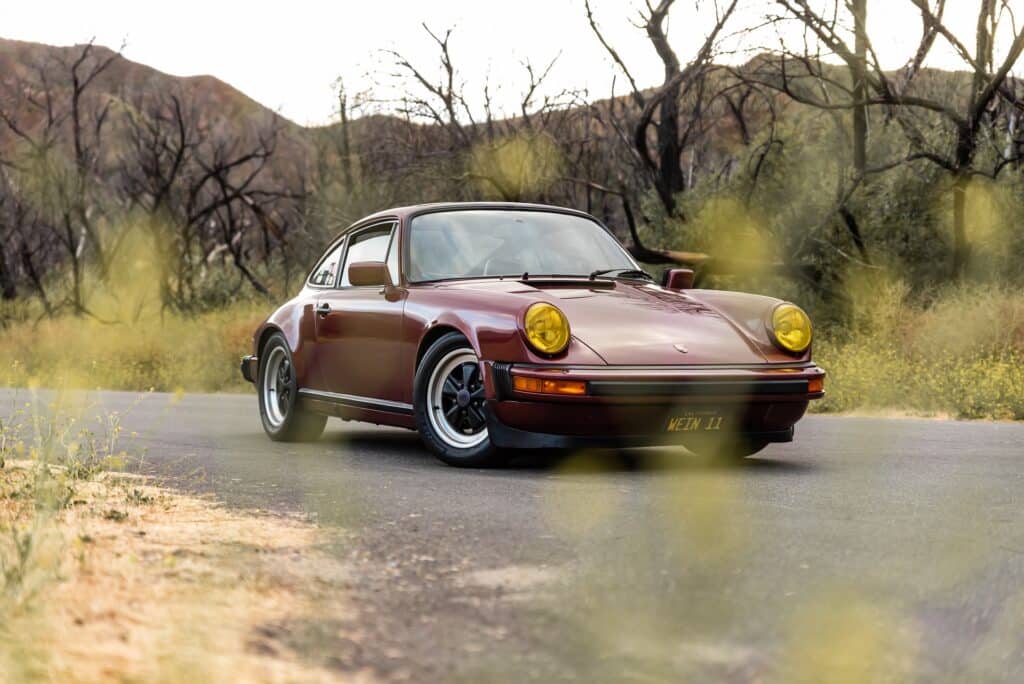
The 964 (1989-1994) – An all-wheel drive option and collector vehicle
Porsche’s third generation of the 911 featured a nearly complete overhaul with 85-percent new components. While it closely resembles its predecessors, the 250-horsepowered 3.6-liter vehicle is very different on the inside. It features ABS, power steering, airbags, and other updates. Included are all-wheel-drive Carrera 4, Carrera Coupe, Cabriolet and Targa versions. The 964 Turbo hit the market in 1990, and enthusiasts still seek out the 911 Carrera RS, 911 Turbo S, and 911 Carrera 2 Speedster for their personal collections. Porsche made 74,008 964s in just five years.
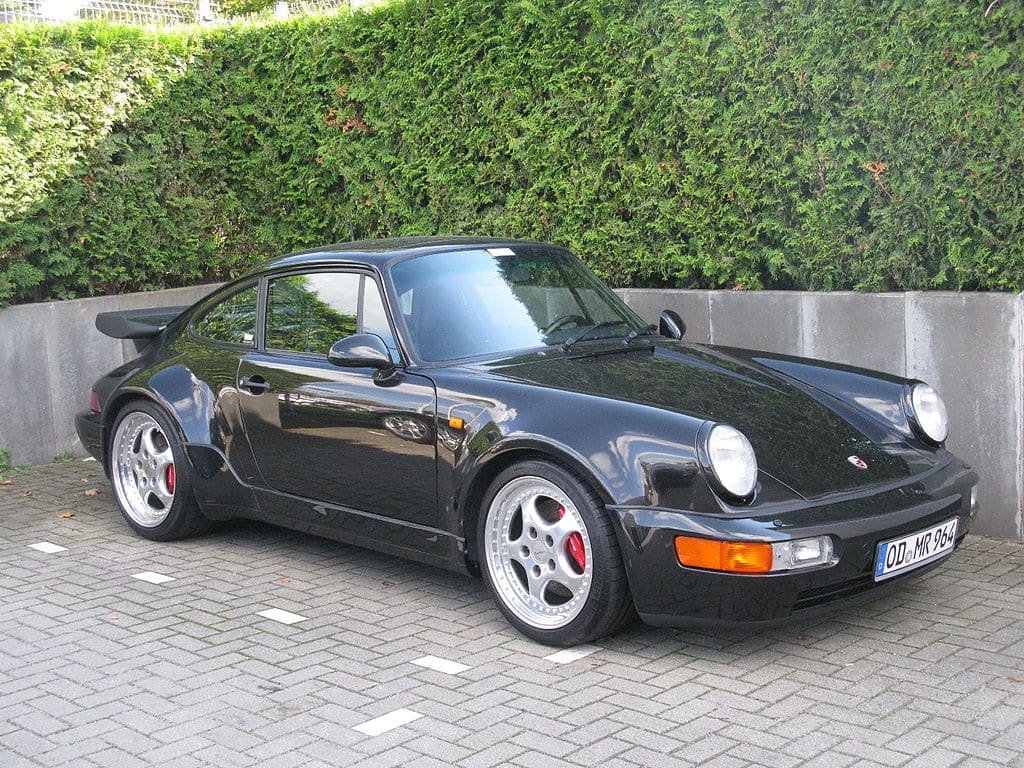
The 993 (1994-1998) – The last air-cooled generation
Porsche’s fourth generation 911, dubbed the 993, is the last air-cooled model. Beloved by many due to its design, it is a durable and reliable vehicle. It features an aluminum chassis and hollow-spoke aluminum wheels on the Turbo version. A standout among those who love driving fast is the GT2. Porsche produced 67,535 993s.

The 996 (1998-2005) – Water-cooled with major design changes
The automaker produced 179,163 996s from 1997 to 2005, and it features major changes to the body, interior, and engine. This water-cooled car is known for its “fried egg”-shaped headlights, which are quite a departure from the headlamps of previous generations (and a bit controversial among car lovers). The lights featured integrated signals that were later used by other automakers. Included in this generation is the 1999 GT3.
The 997 (2004 to 2013) – Numerous variants designed with the driver in mind
The sixth generation paid homage to earlier generations by incorporating clear oval headlights with separate indicator lights, a departure from the 996 styling. The Carrera S version features 355 horsepower, while the Turbo includes a turbocharger with variable turbine geometry. What makes this generation stand out is the sheer number of variants people can purchase (24 in total). This includes special models and road versions of GT race cars. Porsche built 215,092 of these models.
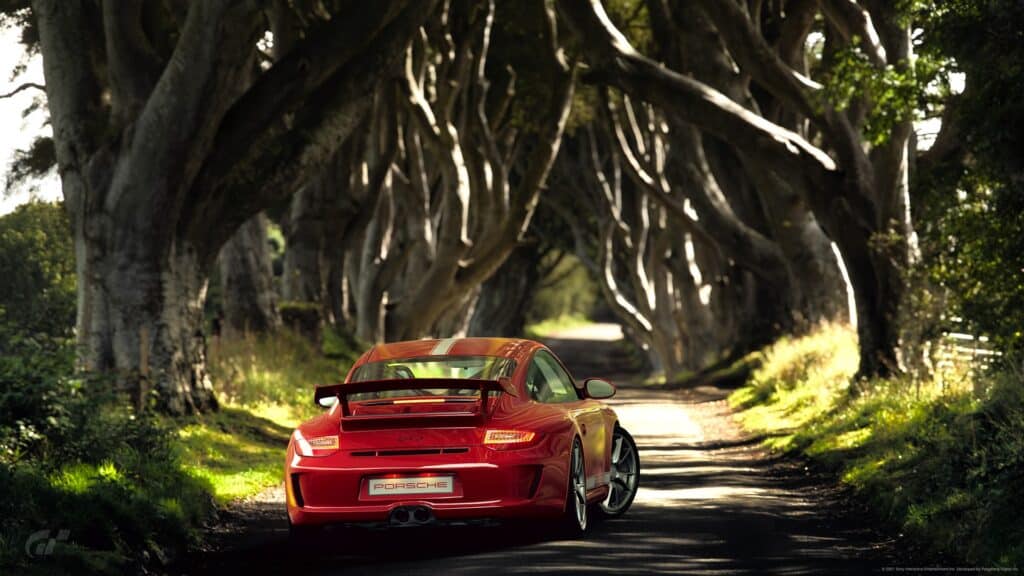
The 991 (2011 to 2019) – More power, more everything
Each generation of the 911 has built upon the last, and the 991 was produced with an entirely new chassis and other upgrades, such as a manual seven-speed transmission. It was designed to consume less fuel but produce more power. While it has a modern style, it still looks like a 911. Overall, the seventh iteration is pretty phenomenal when it comes to performance and efficiency, according to the automaker (which we know is a completely unbiased opinion). The 911 Carrera includes a 3.0-litre biturbo charged six-cylinder flat engine with 370 horsepower, while the 911 Carrera S has 420 horsepower.
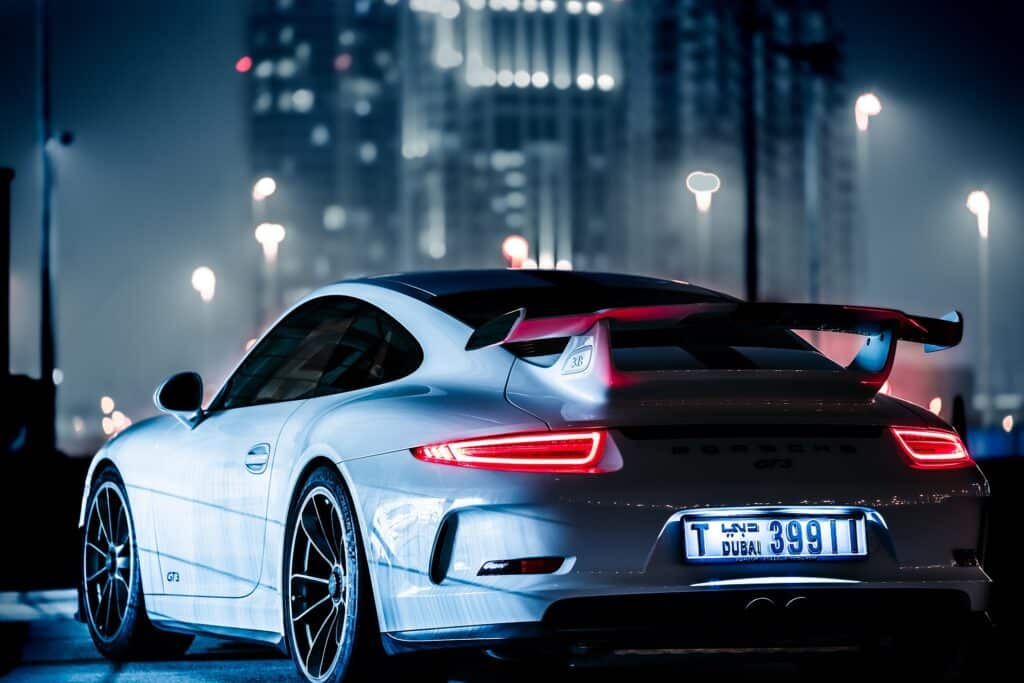
The 992 (2018 to present) – An off-road version and future hybrid option
The newest 911 generation is big on power and technology. It features the Carrera T, GT3RS, and Dakar (designed for off-roading). But one of the biggest changes is the imminent hybrid version, which the automaker is debuting in the not-so-distant future. Porsche chairman Oliver Blume explained in a recent interview with Car magazine: “We will add a very sporty hybridization to the 911, so then we will have the offer of combustion engines and hybrid in the 911 and we already announced we will come with a fully electric 718.”
What’s your favorite Porsche 911 generation?
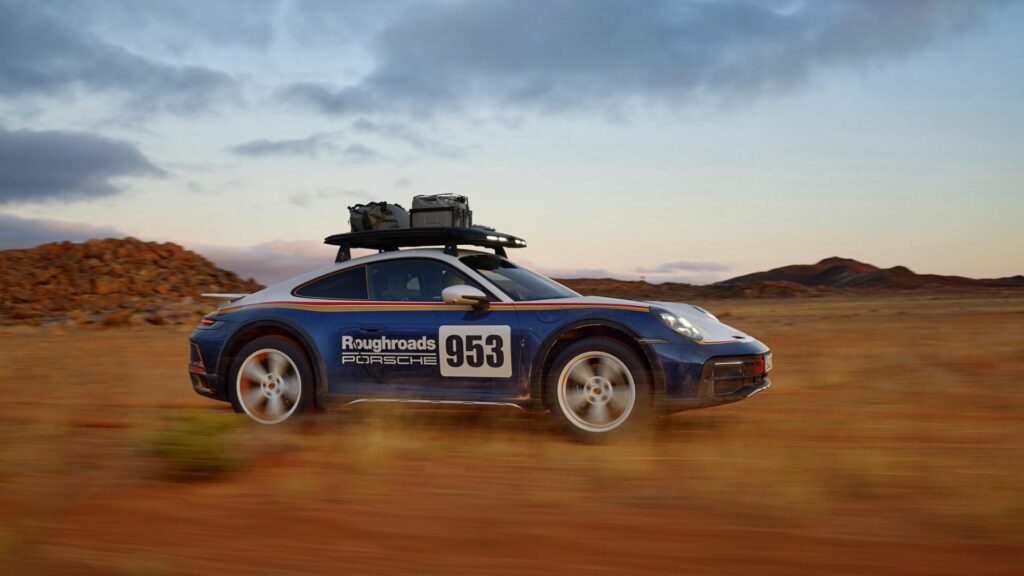



Thank you for this nice easy chronological reference of the 911 models by generation and their numeric designations for those of us who weren’t sure of the details.